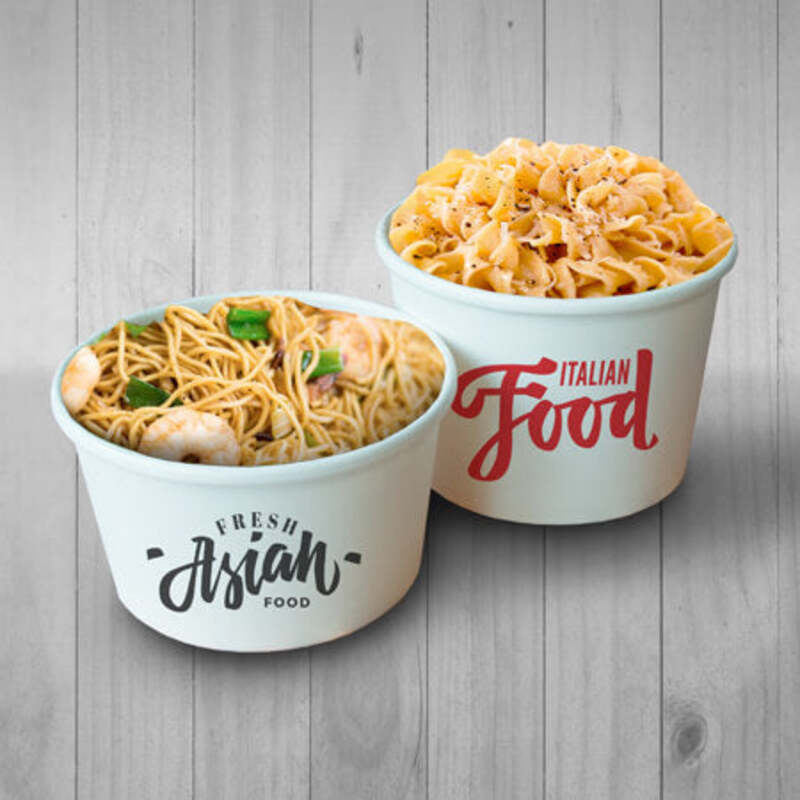The Cultural Significance of the Beer Can A Closer Look
The beer can, a ubiquitous symbol of social gatherings and relaxation, has transcended its functional role as a mere container for the beverage. With its humble origins dating back to the 1930s, the beer can has evolved into a cultural icon that reflects social trends, marketing strategies, and even environmental consciousness.
The first beer cans were introduced in the United States in 1935, revolutionizing how beer was packaged and consumed. Before the advent of the can, beer was typically sold in bottles, which were not only more expensive to produce but also required extensive cleaning and recycling processes. The introduction of the can allowed breweries to lower production costs and made beer more accessible to the average consumer. This innovation also played a crucial role in the marketing of beer, as cans provided a larger surface area for branding and promotion.
As beer cans gained popularity, they became a canvas for creative artwork and advertising, often reflecting the cultural zeitgeist of their time. The colorful designs and catchy slogans became a form of expression for breweries, allowing them to connect with consumers on a deeper level. Collecting vintage beer cans has become a popular hobby, with enthusiasts seeking out rare designs that capture the essence of past eras. These cans tell stories of regional pride, changing tastes, and even social movements, serving as a historical record of the times.
In addition to their visual appeal, beer cans have proven to be incredibly practical. They are lightweight, easy to transport, and provide excellent protection for the beer inside, ensuring that it remains carbonated and flavorful. Moreover, cans are more environmentally friendly than bottles; they are made from recyclable aluminum, which can be reprocessed indefinitely without losing quality. In recent years, many breweries have embraced sustainability initiatives, using eco-friendly inks and materials to create cans that not only look good but also minimize their environmental impact.
beer can

The rise of craft breweries in the 21st century has further propelled the beer can into the spotlight. Many small, independent breweries have opted for cans over bottles, recognizing the marketing potential and consumer preference for this format. The craft beer movement has encouraged experimentation with flavors and styles, resulting in an explosion of unique and innovative canned beers. From IPAs to stouts, these creative brews often feature eye-catching can designs that reflect the distinctiveness of the brewery and its product.
Cans have also extended the social aspect of beer consumption. Social media platforms are abuzz with posts featuring colorful cans, often accompanied by the hashtag CanArt or similar tags, emphasizing the visual aesthetics of the beer cans themselves. Beer enthusiasts share their latest finds, whether it's a new release from a local brewery or a unique design from a far-off country. This online community fosters a sense of connection among beer lovers, encouraging exploration and conversation around the beverage.
However, the beer can is not without its challenges. Some consumers still perceive canned beer as inferior to its bottled counterpart, associating cans with cheaper, lower-quality options. Breweries have worked diligently to change this perception by focusing on high-quality brewing processes and premium ingredients. Educating consumers about the benefits of cans—such as better preservation of flavor and reduced light exposure—has become an essential part of marketing strategies.
In conclusion, the beer can is much more than just a container for a beloved beverage; it is a cultural artifact that encapsulates a rich history of innovation, artistry, and social interaction. As we continue to explore new beer varieties and embrace sustainable practices, the humble beer can will undoubtedly remain a vital part of our drinking culture. Its journey from a practical solution to a celebrated icon reflects the evolving landscape of the beer industry and our ever-changing relationship with this age-old beverage.



